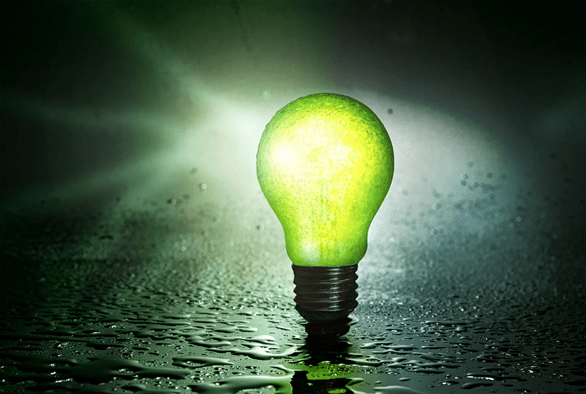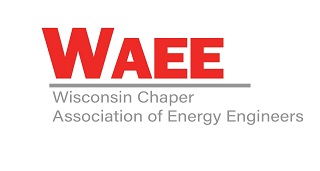
Traditionally, you think about your electricity like you think about your plumbing… is the pipe big enough for what I need? Once you’ve cleared that hurdle, the only time you think about it is when it breaks. That’s beginning to change for folks as they start to think more about the sustainability, resilience and costs of their electricity.
Whether it’s our carbon footprint, how to achieve company/community sustainability goals or how to attract and retain customers through renewable energy efforts, sustainability is on everyone’s mind these days. There are a wide range of ways to tackle these goals, but it is important to consider what other goals you may have when selecting the correct approach to your sustainability plans. That’s where resilience and cost come in to play.
The resilience of electricity has always been important, but as more of our products and processes become electrified it becomes more critical by the day. Will an extended outage affect your ability to charge your vehicles? Heat your home or business? Connect to the internet to conduct business? As more of our world is electrified, do we expect to see more outages as the stress on the existing grid goes up? A typical outage cost 20% of companies at least $100,000, according to a report by Frost & Sullivan. Production stoppage, facility shutdowns, loss of inventory and worker downtime can all be impacted by power outages, depending on your operations. When considering deploying distributed energy assets to meet a sustainability goal, it’s important to also ask if those same assets can support your resiliency objective.
Energy costs are also important to consider and fall into two categories. The first is the ongoing operational expense of the electricity you receive. That can be in per kilowatt-hour usage charges or monthly per kilowatt demand charges, and it can also take the form of lost opportunity cost in the event of an extended outage. Various distributed energy resources can be combined and tailored to provide the least expensive energy to meet your needs.
The second type of energy costs are up-front or capital costs. These most commonly take the form of utility and distribution upgrades that may be needed to meet your electrification goals. Planning on adding 10 EVs to the fleet of your plumbing company? Do you know if your existing utility service can handle that additional demand? While adding distributed energy resources to your facilities, you can also use those assets to bolster the available power and energy available above and beyond what is received from the utility connection.
With these new energy assets in place, you have access to a whole new set of digitized information that can help you make decisions about operating conditions and changes you want to make to your overall system. EnTech Solutions is uniquely positioned to work with you to build an energy roadmap, a long-term plan for how you will address the sustainability, resilience and cost of your energy needs. From there we can help you create a plan for achieving that through flexible and scalable solutions.
As you consider your future energy sustainability goals, you don’t need to tackle it all in one step., Think about your cost and resilience objectives and start the planning process with an energy partner before you face another energy issue.
Thank you for checking out the EnTech Solutions blog. To stay up to date with technologies, developments and trends about clean energy, please subscribe.








